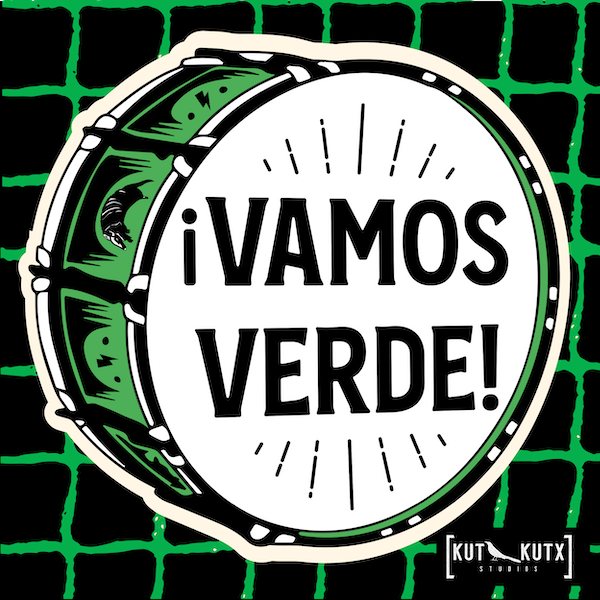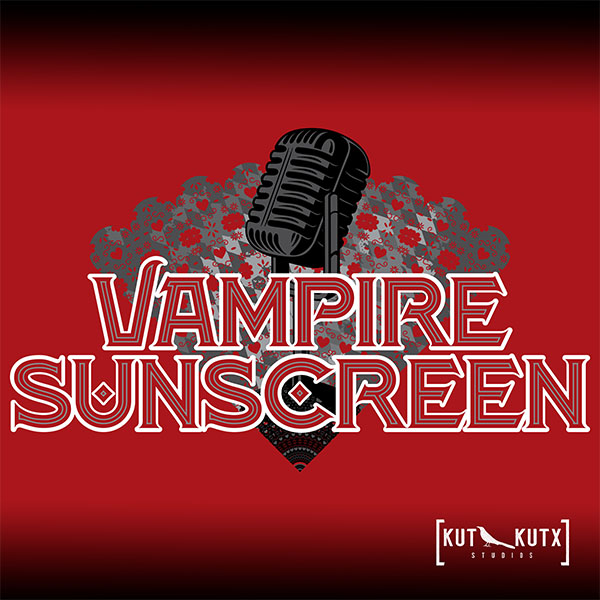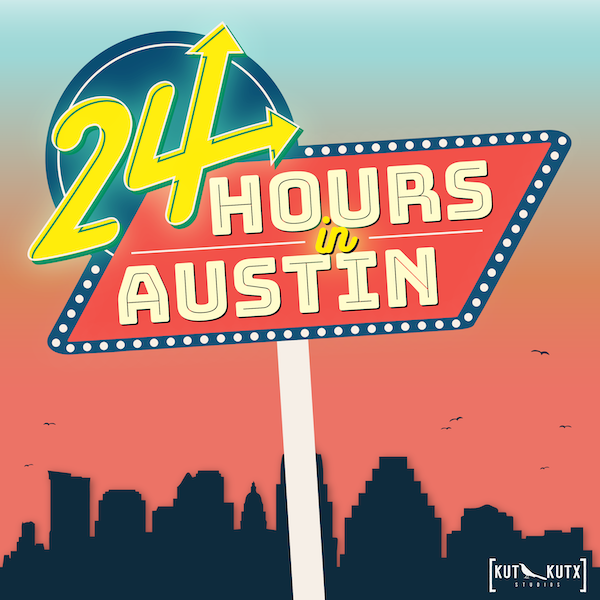Ben Rollman has loved LEGO since he was a kid. After a brief ‘Dark Age’ away from the hobby, he started back up as an adult and is now a bigger LEGO fan than ever.
The full transcript of this episode of KUT News Now is available on the KUT & KUTX Studio website. The transcript is also available as subtitles or captions on some podcast apps.
This Is My Thing: LEGO!
Show intro and theme song
Michael Lee [00:00:12] I’m Michael Lee and you’re listening to This Is My Thing. There’s a pretty good chance that this show came to you as part of the KUT News Now podcast feed. So here’s a news alert: this show is not about the news at all. Sorry about that. On This Is My Thing we talk to people about the things they do just for themselves. It’s not their job and it’s not a responsibility. It’s just a thing that brings them joy or feeds their soul. This week, LEGO, The LEGO brick debuted in 1949, and it’s remained a popular toy for decades. And part of that popularity is that it’s not just a toy. I mean, you can buy a set and build a car or spaceship or something like that, but you can also use LEGO elements to create pretty much anything you can imagine.
My guest today is Ben Rollman, who started building the LEGO bricks as a kid and now is what LEGO fans call an angel, an adult fan of LEGO.
Ben Rollman [00:01:03] I’m Ben Rollman. Building LEGO is something I’ve been doing for… since I was a kid. And had a bit of a dark age. And now as an adult, I’m back into it. Building, designing, amassing, displaying, and going to shows as often as I can.
Michael Lee [00:01:18] LEGO is a world that has a lot of vernacular.
Ben Rollman [00:01:21] A lot of acronyms.
Michael Lee [00:01:22] A lot of acronyms! A lot of phrases that make sense to people in the LEGO world that might not make sense to everybody else.
Ben Rollman [00:01:28] Yep.
Michael Lee [00:01:28] ‘The Dark Ages’ is one of them, right? Explain what that is.
Ben Rollman [00:01:31] Dark Age is usually a time teenage years after you have built and played with LEGO as a child. LEGO is really a good gift for kids because it encourages playtime and kind of, you know, thinking outside the box, building your own things, being creative. At some point, though, you stop wanting to build with LEGO. Some people do. Not everybody. I was one of those. When you’re a teenager and you’ve got to start thinking about I’ve got to put gas in my car, I’m a new driver. I’m going on dates, I’m going to movies, I’m buying records. You know, for those of us, I just dated myself who buy records.
Michael Lee [00:02:09] It means you’re either kind of old or really young.
Ben Rollman [00:02:12] Yeah, I’m getting back into the vinyl. But there’s a there’s a moment where you have to make a decision about where your money and your time go. And sometimes LEGO just kind of falls by the wayside. And the Dark ages, if you return to the hobby, then that period in between when you were a kid, when you picked back up, we affectionately call a dark Age.
Michael Lee [00:02:30] So when did you come out of your dark ages?
Ben Rollman [00:02:32] My dark ages were shortly before LEGO started doing Star Wars set so late ninety’s. I remember working at a job it was a day trading firm and I was reading news headlines to our satellite offices and a news headline came across a Bloomberg terminal that said Lucasfilm has entered into an agreement with a LEGO Limited whatever it was. And I read it and it took my brain a hot second to realize that it was like my chocolate and peanut butter, you know, It was my two favorite things in the world coming together. I had moved out. I was originally from Colorado and I left a lot of my stuff behind when I moved here. So I got some of my stuff out of storage from Colorado, moved it down here, and that was all my LEGO. And I started putting it all back together. And when the Star Wars sets came out, I started buying all those sets. So that was right around where I came back into it.
Michael Lee [00:03:17] And then from then on, you were just back in it and this was your thing?
Ben Rollman [00:03:20] Pretty much. I started rebuilding a lot of the childhood sets that I had, and I didn’t start really creating again with LEGO until probably 5 or 6 years later when I started seeing new stuff with Star Wars animated show called The Clone Wars came out and I was like, there’s a spaceship. LEGO hasn’t built yet. I’m going to do that one. And so that’s it. Comes another term: MOC, M-O-C, means ‘my own creation.’ I started MOCing a lot of spaceships from the TV shows, and then it was just a matter of, Well, now I need more parts to do the things I want to do, and I’m going to tear down all the sets that I had put back together to get those parts before figuring out that I could buy those parts online pretty quickly.
Ben at Brick Rodeo [00:04:00] Next, we are at the Renaissance Hotel in Austin at Brick Rodeo. This year’s theme for the event was called Building Up. So a lot of people tried to build things that were taller, things that reached a little higher. So you could kind of see them from across the exhibit hall. Then the results were fantastic. All the things kind of poking up under the skyline. The UT Tower over here is another one that I’ve done, and it’s been at conventions that we do for about ten years, so I just keep using it. Do you want.
Michael Lee [00:04:32] Do you want to talk about some of the MOCs that you’ve created that you’re maybe LEGO famous for.
Ben Rollman [00:04:38] LEGO Famous? One of the first ones that I had built with a with an ex was the UT tower. We had built that to a recruitment for LUG – a LEGO User Group – on campus. It’s about 3.5ft tall and it was built about 15 years ago. But that was one of the first kind of big ones that we did. And I’ve kept it ever since. And it goes to all the conventions here in Austin. Any time we do a show of any kind of try to bring it along. And then a little later, probably 4 or 5 years. Go now. I did. With serious help from our group, the Texas capitol, which lives at the Visitor Center on the Texas Capitol grounds. And that was a good two years of work, designing it in the software and then getting all the parts for it.
Michael Lee [00:05:26] As an artistic medium, LEGO has a lot of challenges. Is that part of what makes it interesting or fun to build with it? That there are there are things to overcome, that there are like you have to figure out a way to do this with this thing.
Ben Rollman [00:05:40] Yeah. When I’m doing the little robot animals that I’m working on all the time, there is definitely, at least in the software that I’m using, that you want to recreate something that you’ve seen in real life. I will get to the point where I’m looking at stuff and I’ll think just out of nowhere, that looks like this piece, that looks like this piece, and know that if you were to ever rebuild something, you would start with that. When I was doing the Capitol, I knew that there were certain pieces at the base of like kind of the big columns that I could I could know exactly what piece to use for that. And that really kind of drives the rest of the model itself. So being able to kind of do that in your head or do it in the software. I get really excited when I can figure out how to make something. And it’s also very frustrating because there’s some things LEGO doesn’t do. It doesn’t have a lot of soft features. There’s not a lot of things you can use for flesh or body parts or plants. You have to get really creative. So seeing a lot of things that they do with like the flowers, the botanicals, they’re using pirate hats and they’re using hot dogs and, you know, stuff to just kind of make it that shape. And that’s always kind of fun to see those new techniques recreate things that normally aren’t very rigid or 90 degree angle, that kind of thing.
Michael Lee [00:07:02] When you were a kid, were you basically just building sets or were you making your own stuff? Back then it was more geared toward creating something in scratch.
Ben Rollman [00:07:11] It really was because the bricks were a little simpler. Back then it was two by four bricks, one by, you know, two by two bricks kind of thing. And you were building spaceships and houses out of simpler pieces. And we would do this thing. We really liked playing at the rec center. They had a great playground, so we would build these giant starships and put them on our handlebars and ride them up to the rec center and fly around the equipment. And then we didn’t want to write them home, so we just buried them in the sand. And then we’d come back the next day and dig them back up and play with some more. And then always, like stunned that we were missing pieces that were like, What do you think was going to happen? You know? But yeah, so back then it was a lot about like building new things and then instantly tearing it down and, you know, doing another thing.
Michael Lee [00:07:53] The philosophical thing of being okay with this being a temporary item…
Ben Rollman [00:07:58] Yep.
Michael Lee [00:07:59] And then it can live on a shelf and then become five or 10 or 20 other things. Is that part of why this sort of speaks to your brain and kind of.
Ben Rollman [00:08:04] Yep.
Michael Lee [00:08:05] Is that part of why this sort of speaks to your brain and kind of…
Ben Rollman [00:08:09] That’s actually a little harder for me because I like a lot of the things that I built specifically, I will try to hang on to them as long as possible. I could show them at shows. I could just kind of have them available for if we had a, you know, event where people needed display of stuff and like, I’ve got these boxes of stuff that I can just kind of, but it takes up room and it needs know you want to use those pieces for other things. So yeah, being okay with letting it go and tearing it down, that is definitely part of it.
Michael Lee [00:08:36] What does it do for you when you’re building something? What is that doing for your heart and for your brain?
Ben Rollman [00:08:42] When I’m building, there’s there’s several different times that I’m being LEGO immersive, and one of them is building a set. And that is a very mindless it’s very sort of letting everything go, following the directions, trusting the process. Most of the time when I’m building, I’m building on a live stream that I run and I’m I’m trying to have a conversation. I don’t have a lot of followers or anything, so I’m conversing with myself a lot. But it’s just to keep my brain going. And I find that a lot of times I’m building sort of absentmindedly and it’s just the fingers take over the years of being able to build just kind of, you know, kind of go on their own. And it’s very calming. And I’m sure my heart rate goes down quite a bit and my brain shuts off for a little bit. The creative side of it, when I’m in the software or I’m kind of just building on the fly is also very exciting. It’s a little more exciting than building the set, and I get excited about certain build techniques or discovering certain ways to build things or discovering a certain piece fits a certain way. The third one, and this is something most LEGO fans will realize, is you have to sort you have to you’re forever sorting, right? Once it’s done and you tear down, you’ve got to put it someplace. So the sorting is also a little bit kind of mindless. You just get a big pile of stuff. And I sit at a table, I have a big tablecloth that I put in a bucket, and then I just pick that up and let it spill all over the table. And I sort out a lot of stuff. And when I’m done, I pick it up by the four corners and put it. Can the tote, so it doesn’t really go anywhere. But I could sit there for a full day, two days, kind of just have some music playing and just go through this giant pile, just pulling out certain pieces because this goes in this drawer, this goes in this drawer, you know, and you don’t. It’s really great to just turn off your your brain a little bit and kind of let your, your sorting fingers play a little bit and not really worry about a whole lot.
Michael Lee [00:10:33] And then once you’ve done all of that sorting and you’re building something and you know that you need this exact piece and this exact color and you can just go get it. How does that feel?
Ben Rollman [00:10:42] That’s there is nothing more rewarding than knowing I can just kind of reach within feet just to grab a handful of whatever I need and just kind of go with it.
Michael Lee [00:10:52] How do you have this stuff organized at your house? I mean, like the pieces.
Ben Rollman [00:10:55] The pieces I have by piece type. And the more I get, I don’t have a great organization set up for it. It’s in Arco bins and it’s in sterilized drawers and it’s in Ziploc bags. And it’s, you know, it’s just it’s kind of a mish mash having set it up and organizing it, putting it where it kind of needs to be. I know where everything goes, and that’s a very comforting feeling to be able to kind of sit at that table and just kind of reach to where you need to get that part and go get it really quickly and just kind of build with it. So you don’t have to kind of dig through a bunch of stuff. I like hearing people talk about how they’ve sorted their stuff because it gives you an idea of kind of where they are mentally with their their organization and how they approach their hobby and everything. I don’t know that I could do by color. Some people say they sort by color and it just makes me kind of go, but then I’ve got like a a bucket or red that I’m digging through for one red part, you know, And it just takes forever. But I get it is like if you’re a parent of a kid who builds a lot and they just want to build and it doesn’t really matter, like if they get that exact part, they just want some red, you know? I can understand that. It’s all easy to find stuff when you, you know, don’t have a billion LEGOs like some of us. Sorry, a billion LEGO pieces like some of us.
Michael Lee [00:12:11] This is another thing about LEGO fandom is that depending on who you talk to, some people are very much sticklers for the right nomenclature. LEGO is never pluralized, right? You don’t have multiple LEGOs, right? It’s LEGO bricks or LEGO pieces. Do you care that much about that? Sort of the language of it?
Ben Rollman [00:12:29] That used to be a pretty big shibboleth for the group was, you know, you could tell your speaking my language by saying it properly, but at this point, I kind of don’t care. I mean, there’s there’s enough people I used to care. I will say that I used to be a pretty big stickler for the word LEGO and using in plural. I’ve moved on to things like less and fewer. I give my wife a bunch of guff about less and fewer, but LEGO and LEGOs, it’s kind of you let people into the hobby a little better by not being kind of gatekeeping about the jargon and stuff. They’ll learn it as they go. I learned it as I went. I just kind of pick it up. So it’s not a big deal to me as it used to be, but there’s definitely just stay out of the comments section. That’s all I have because some people will still give you crap about that or give you guff about that.
Michael Lee [00:13:18] I mean, that’s probably good advice for anybody pursuing any hobby.
Ben Rollman [00:13:21] Right? Yeah. Stay away from the comment section.
Michael Lee [00:13:24] What are you working on right now?
Ben Rollman [00:13:25] I’ve got 5 or 6. You know, I’m building a couple of things back up to sell. I’m rebuilding a couple of things from my childhood to display. I’m trying to clean up a few things. So my LEGO room is full of like ten half finished projects right now and they’re all exactly where I need them to be chaotically, but only I know where everything is.
Michael Lee [00:13:42] So you mentioned your LEGO room. Is this a spare bedroom in your house?
Ben Rollman [00:13:45] It’s the front dining room. So when you move to this new house, the first thing I did when I walked in, I saw this giant dining room. And I know we’re not dining room people. So I was like, Look, a LEGO room. And my wife’s like, But it’s a dining room. Like, we’re not entertaining. We’re not the gadsby’s, you know, it’s not like we’re bringing people over for dinner parties. So that became the LEGO room. It’s a great space. I need to keep it a little cleaner than it is, but that’s the LEGO room.
Michael Lee [00:14:07] There probably isn’t a LEGO room in the world that’s as clean as it should be.
Ben Rollman [00:14:10] No, no, absolutely not. And if if somebody says they have it, they’re lying to you.
Ben at Brick Rodeo [00:14:15] So, yeah, the the variations of like, what people bring to this are kind of incredible. You know, the sculptures the we’ve got like you can wear LEGO cityscape kind of stuff with trains and then it gets into the little more fantastical with castles and fantasy and dragons.
Michael Lee [00:14:32] You mentioned as a kid creating LEGO versions of sci fi ships from shows or movies that you loved. Right? Something that you still do to this day. Does that connect you back to like, that inner child, that part of what’s going on here for you?
Ben Rollman [00:14:45] To some extent, I do feel sometimes the one thing that’s missing is that when I’m done building a thing now, I don’t pick it up and fly it around the house and make laser blast sounds, at least that anybody is going to find out unless they look at security camera footage. A lot of my stuff is architectural or very fragile, so it’s hard to play with a youth tower.
Michael Lee [00:15:05] Is this something that you think you’re going to keep doing for the rest of your life?
Ben Rollman [00:15:08] Yes, I think that. There’s probably no, like, retirement from LEGO. Really. I know the instructions say from 2 to 99 or whatever it is, but this isn’t a hobby that I think requires a lot of physical activity. It’s not super physically stressful. You can easily do this like with, you know, cross-stitch or word puzzles or anything that kind of keeps your mind active long into being an elderly person.
Michael Lee [00:15:37] And that’s what you intend to.
Ben Rollman [00:15:38] Do. That’s what I’m already kind of almost there as an elderly person. But yeah, I don’t I don’t see myself stopping, collecting, buying, displaying, going to events, making my own stuff, designing it in software. Just this is it’s a very calming idea of knowing that you’re going to be doing this for a very long time. There’s it’s very relaxing.
Theme song fades up
Michael Lee [00:16:06] Thanks for listening to This Is My Thing. I’m Michael Lee and I producethe show.
Special thanks, of course, to Ben Rollman for sharing his love of LEGO with us and for bringing me a set to build as well. Full disclosure, LEGO is one of my hobbies, too. In fact, if you were to send me a message on the KUT Slack Channel, you would see that my profile picture is a LEGO minifigure that looks like me. But please don’t send me any messages on the KUT Slack channel because I get more than I need already.
If you haven’t done it already, you can see some photos of Ben in his LEGO room on our show page at KUT dot org.
We’ve got more This Is My Thing coming soon. We recently met a guy who plays bike polo, a married couple who competes together in triathlons and a metal detectorist. And we’ve been talking to a bunch more interesting people that we haven’t actually interviewed yet, but we will! Keep listening to hear those stories and more.
If you’d like to tell us about your thing and maybe be a part of a future episode of the show, that’s easy. Just go to the This Is My Thing show page at KUT dot org. You’ll find a form on that page to let you tell us about your thing. And that’s not the only form on the KUT website. You can also fill out a form to become a member of the station. If you’re listening to this episode the day it comes out, we’re in the middle of our full membership drive. And if you’re listening to this any other time, we’re probably not doing a membership drive right now, but that doesn’t matter because you can become a member of this station any time you want. Our members make this and everything else we do possible.
Laurie Gallardo [00:17:42] Support for this is my thing comes from locally owned Eckert Insurance. Worry less. Live more.
This transcript was transcribed by AI, and lightly edited by a human. Accuracy may vary. This text may be revised in the future.





